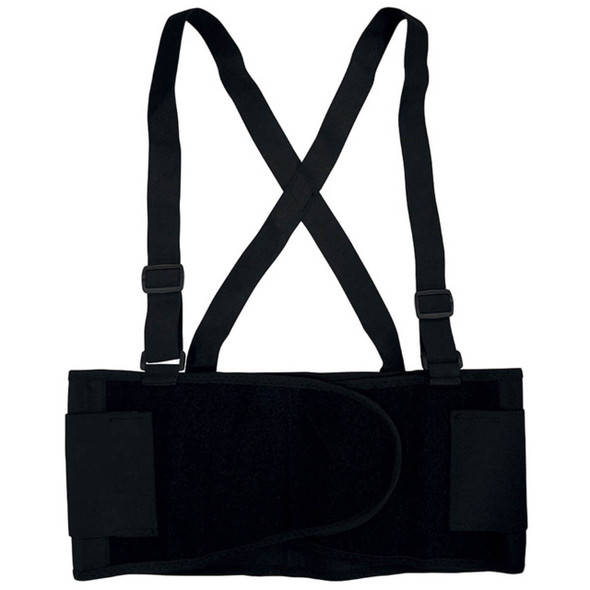- Product
- Qty in Cart
- Quantity
- Price
- Subtotal
-

 Price Drop!Price Drop!
Price Drop!Price Drop!General Electric High Visibility Back Support Belt - Hi-Vis Lime Green/Black - GR542
GE PPE$24.99$7.95The General Electric High Visibility Back Support Belt is designed to provide maximum support and comfort while working in high-risk environments. The belt is constructed with a lightweight yet heavy-duty polyester webbing and features a high-visibility... -

 Price Drop!Price Drop!
Price Drop!Price Drop!General Electric Type 2 Knee Pads with EVA Foam - Black - GR550
General Electric$20.99$7.95Knee Pads Features: Designed to comfortably fit over or under pants Adapts to any type of knee shape Indoors & tight spaces Hook-and-loop closure system maintains low profile for work in tight spaces Medium density EVA foam provides good mobility and... -

 Price Drop!Price Drop!
Price Drop!Price Drop!General Electric Back Support Belt - Black - GR540
GE PPE$23.99$7.95Breathable Lower Back Support Wrap with Adjustable Sides & Elastic Suspenders Are you experiencing lower back pain while on the job? When you're in pain your performance decreases and slows you down, you need a back support that will assist in...
What does Ergonomics mean in the workplace? What is the goal and why is it important?
Ergonomics is the study of how people interact with their environment. It involves the design of products and work areas with the intention to reduce strain and injury, improve efficiency, and increase comfort. From office furniture to computer keyboards, learn the basics of ergonomics and how to use it to create a safer and more productive workspace.
What are the 3 types of Ergonomics for safety and to prevent injury?
The three main types of ergonomics are physical, cognitive, and organizational. Physical ergonomics focuses on the physical aspects of the user-system interaction. It looks at how people interact with physical spaces, tools, and objects. This includes factors such as posture, physical comfort, and fatigue. Cognitive ergonomics looks at how people interact with cognitive systems, such as computers and software. It looks at how people interact with the system and how the system interacts with the user. This includes factors such as navigation, usability, and user experience. Organizational ergonomics looks at how people interact with organizational structures, such as teams, processes, and policies. It looks at how people interact with the workplace and how the workplace interacts with the people. This includes factors such as communication, collaboration, and motivation.
What is Ergonomics in OSHA? Proper Assessment of Workstation & Standards for Ergonomic Health
OSHA (Occupational Safety and Health Administration) has guidelines for ergonomics in the workplace. OSHA provides employers with information and resources to help them identify and correct workplace hazards that can lead to musculoskeletal disorders, such as carpal tunnel syndrome, tendonitis, and lower back pain. OSHA also encourages employers to develop and implement ergonomics programs that address hazard identification, risk assessment, and control of workplace hazards.
OSHA recommends that employers use the Hierarchy of Controls to identify and address ergonomic hazards. This hierarchy involves eliminating the hazard, substituting the hazard, engineering controls, administrative controls, and personal protective equipment. OSHA also encourages employers to develop policies and procedures that address ergonomic hazards, provide training to employees on ergonomic principles, and evaluate the efficacy of their ergonomics programs.
